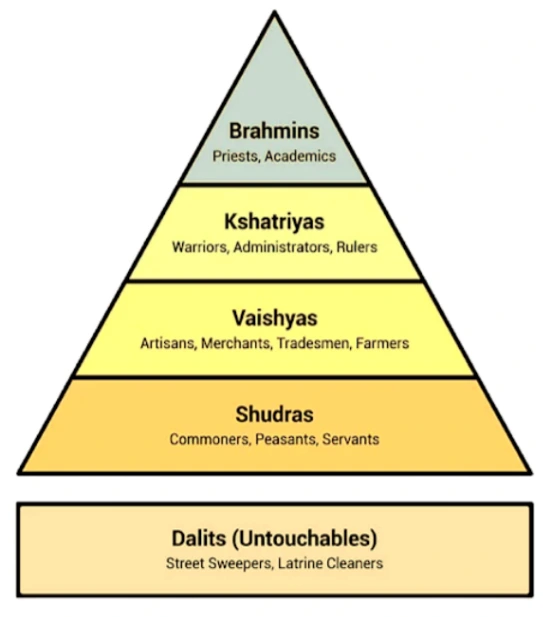![]() 11 Dec 2023
11 Dec 2023
This article goes through the inherent structures of society, focusing on institutions like family, caste, tribe, labour, and the market. These institutions play dual roles, nurturing communities and perpetuating societal disparities. In India, glaring social inequalities like child labour, beggars, and caste-based discrimination are prevalent, often becoming so commonplace that they’re deemed inevitable.
The illusion of upward mobility is mostly restricted to films, while in reality, the divide between the rich and poor remains stark and challenging to bridge. This narrative encourages first-hand exploration, suggesting interactions with both ends of the societal spectrum to gain deeper insights.
Emile Durkheim: Durkheim’s Walls on Individual Actions
Karl Marx : Balancing Structure and Creativity
The term “social stratification” also describes how people are hierarchically ranked in society, influencing their identity, experiences, and access to opportunities.
Three central principles underpin social stratification:
 Example: In the caste system, birth determines job opportunities, and practices like endogamy (marrying within one’s caste) reinforce these boundaries.
Example: In the caste system, birth determines job opportunities, and practices like endogamy (marrying within one’s caste) reinforce these boundaries.Conflict Perspective: Marx’s Perspective on Societal Roles
Functionalist Perspective: Durkheimian View on Universal Dynamics
Cooperation is essential for human survival, and even in the animal kingdom, it’s evident. However, human cooperation is distinct from that of animals due to its conscious intent and societal structures.
<div class="new-fform">
</div>